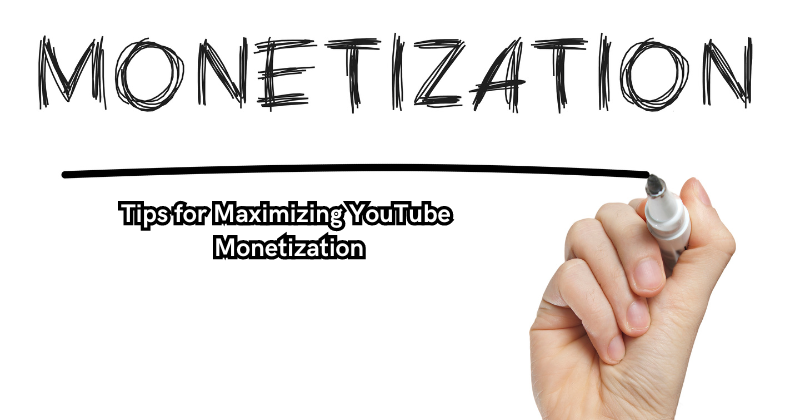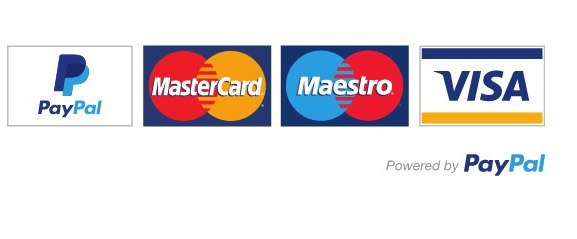Introduction
Have you ever felt frustrated that your YouTube videos aren’t getting the views and exposure they deserve?
You spend all this time creating awesome video content. But it feels like you’re shouting into the void with no one finding your videos.
This is a common problem for creators. The culprit? Not optimizing your video metadata properly.
One of the most critical areas is your YouTube video description. Specifically, using keywords and key phrases strategically in the description.
This helps YouTube understand what your video is about. And it can dramatically improve how viewers find your content in YouTube search results.
In this comprehensive guide, I’ll walk you through my entire process for keyword research and optimization for YouTube video descriptions.
Use these proven tips and you’ll see better video rankings and more consistent traffic.
Let’s dive in!

Why Keyword Optimization is Essential
Here’s the deal – YouTube’s search algorithm relies heavily on your video metadata to understand the topic and content.
This includes the title, description, and even tags.
By optimizing your video description with relevant keywords, you make it much easier for YouTube to connect your video with relevant searches.
In turn, this can help you:
- Rank higher in YouTube search results for your target keywords
- Show up for a wider range of long-tail keyword variations
- Drive more consistent traffic from searches on YouTube
- Get more views and exposure for your videos
Bottom line – strategic keyword use significantly improves the discoverability of your videos.
And better discoverability leads to more views, subscribers and opportunities for your channel.
That’s why nailing your keyword strategy is so critical for YouTube success.
Step 1: Find Relevant Keywords For Each Video
The first step is doing keyword research for each specific video topic.
You want to identify keywords and phrases that are:
- Closely Relevant – Words that are directly related to your exact video subject. Don’t just throw in any high volume keywords. They need to be highly relevant.
- Long Tail – Target longer, more specific phrases with 3-5 words like “how to bake chocolate chip cookies from scratch”. Avoid single generic words.
- Popular – Keyword phrases people search for frequently on YouTube. These have enough search volume.
- Low Competition – Don’t just go after the most competitive, high traffic keywords. Target longer tail variations that are less competitive.
This combination ensures your video has the highest chance of ranking well and getting found in search.
YouTube Autocomplete
One of my favorite tools for keyword research is using YouTube autocomplete results.
Start typing a phrase related to your video topic into YouTube search. The autocomplete suggestions show longer phrases people are actively searching for.
Make sure to mine these for great long tail keyword ideas.
YouTube Suggested Searches
Also look at the suggested searches that show up under your video on YouTube. These display other searches viewers are doing related to your video topic.
Great for uncovering super relevant, low competition keywords to target.
Once you’ve compiled a big list of keyword phrases, use Google Keyword Planner to view monthly search volume data.
This helps you identify which phrases people search for most often. Look for phrases with at least 1,000 monthly searches.
Trending YouTube Searches
You can also use a tool like VidIQ or TubeBuddy to see keywords trending up recently in YouTube search.
Jumping on these growing keywords early helps your videos get found more in those trending searches.
Spend time upfront finding the best keyword opportunities for each video. It’s the critical first step.
Step 2: Include Keywords Naturally In Description
Now that you’ve identified your primary and secondary keyword targets, it’s time to work them into your video description naturally.
Here are some tips for seamlessly optimizing your descriptions with keywords:
- Put most important keywords near the start – Your primary keyword should appear within the first 1-2 sentences.
- Include keyword in title and intro – Repeat your exact keyword phrase in the video title and first sentence.
- Spread keywords throughout – Then work your secondary keywords in throughout the body of the description.
- Use keywords in a natural way – The description has to make sense and sound natural. Don’t just cram in keywords.
- Mention keyword 2-3 times – Aim for 2-3 mentions of your primary keyword overall. Don’t over-optimize.
- Incorporate keyword phrases – Work in some of your longer keyword phrases where it fits naturally.
This ensures critical keywords are positioned properly without going overboard. Well-balanced optimization.
Pro Tip: Write Descriptions For Viewers, Not Just Keywords
Here’s an important tip when writing your video descriptions:
Always write your description mainly for viewers, not just to cram in keywords.
The description needs to contain useful information that compels viewers to watch your video. Useful background, tips, engaging questions – great description copy entices viewers.
Then work your keywords in around creating valuable, viewer-focused description text.
Yes, keywords are crucial. But not at the expense of an engaging description.
Step 3: Also Optimize Title, Tags and Transcript
To maximize optimization, don’t forget to incorporate keywords into other elements beyond the description:
- Video Title – Include your main keyword in the actual video title as well.
- Video Tags – Add relevant tags that include your target keywords.
- Closed Captions/Transcript – Adding a transcript also presents keyword opportunities.
When your title, description, tags and captions all align around your main topic keywords, it signals strong relevance to YouTube.
This amplifies the effectiveness of your keyword strategy.
Advanced Keyword Tips and Tricks
Take your video keyword targeting to the next level with these pro tips:
Research competitors – Use a tool like TubeBuddy to analyze what keywords competitors target in their top videos. Reveals great keyword ideas.
Study keyword consistency – Look at how consistently a keyword ranks across multiple videos for an idea of competition level.
Consider search intent – Match keywords to the searcher’s intent, like “review”, “tutorial”, “case study”, etc.
Compare keyword variations – Test singular vs. plural, or “how to” vs “how do I” versions of keywords.
Analyze keyword gaps – Look at what high traffic keywords your channel is missing out on targeting.
Read comments – Check what questions people ask in video comments for more keyword ideas.
Update over time – Revisit your video keyword strategy every few months for an optimization refresh.
Tracking Keyword Performance
Here are some key metrics to analyze to gauge how well your keyword targeting is working:
- Click through rate on search terms – How often your video gets clicked for target keywords.
- Impressions from search – Total impressions your video gets from searches.
- Traffic sources – Where traffic to your video is coming from (Search, Suggested, YouTube Homepage etc.)
- Search ranking position – What position your video ranks in YouTube search.
Monitor these metrics over time to see which keywords drive the most results. Double down on those winning keywords.
Turn Your Descriptions Into Traffic Magnets

Writing high-quality, keyword optimized YouTube video descriptions takes effort.
But it’s one of the most impactful tactics for being discovered on YouTube and driving consistent traffic.
With strategic keyword research and seamlessly integrating those keywords into your descriptions, you can tap into so much more potential search traffic.
So be sure to give your current video descriptions an optimization audit. See where you can improve keyword targeting.
Then watch your YouTube channel traffic and subscriber growth takeoff!
Now I’d love to hear from you:
- What’s your biggest challenge with YouTube video keyword optimization?
- What keyword tactics have you found most effective?
Let us know in the comments!






